Pepper Yellow elephant, Sedek seeds 0.1g
$0.6
Pepper Yellow elephant, Sedek seeds 0.1g
250 in stock
Plants of this variety are of medium height and are distinguished by the presence of large, uneven, wrinkled leaves. Young fruits have a light green hue, after ripening they become bright, orange-yellow. The pepper grows in the shape of a cone, elongated, ribbed, and has thick walls. The fruits are large, the weight of one can reach 200 g. This variety of sweet pepper is characterized by a high content of vitamin C, rutin, sugar and carotene. The pulp is fragrant, juicy, without a bitter aftertaste. Seedling preparation begins at the end of February. Seeds must be pre-prepared. To do this, they are placed in warm water until they swell (for about 5 hours), then wrapped in a damp cloth and left for 2 days. Pepper does not tolerate transplanting, so it is better to sow seeds in peat containers. Watering the seedlings should be moderate. Plants need regular spraying. This variety is late ripening, in the temperate climate zone it is better to grow it in greenhouses. The soil for seedlings should first be fertilized and treated with copper sulfate. Planting seedlings should be planned from late May to mid-June. The distance between the seedlings should be at least 50 cm. The pepper needs regular watering, feeding and loosening. The plant is resistant to diseases, tolerates hot weather well. The fruits of this variety begin to ripen in August. Harvesting continues until the onset of persistent cold weather in October. Pepper is suitable for use in salads, heat treatment, winter preparations. It lends itself well to transportation and long-term storage. The soil for seedlings should first be fertilized and treated with copper sulfate. Planting seedlings should be planned from late May to mid-June. The distance between the seedlings should be at least 50 cm. The pepper needs regular watering, feeding and loosening. The plant is resistant to diseases, tolerates hot weather well. The fruits of this variety begin to ripen in August. Harvesting continues until the onset of persistent cold weather in October. Pepper is suitable for use in salads, heat treatment, winter preparations. It lends itself well to transportation and long-term storage. The soil for seedlings should first be fertilized and treated with copper sulfate. Planting seedlings should be planned from late May to mid-June. The distance between the seedlings should be at least 50 cm. The pepper needs regular watering, feeding and loosening. The plant is resistant to diseases, tolerates hot weather well. The fruits of this variety begin to ripen in August. Harvesting continues until the onset of persistent cold weather in October. Pepper is suitable for use in salads, heat treatment, winter preparations. It lends itself well to transportation and long-term storage. tolerates hot weather well. The fruits of this variety begin to ripen in August. Harvesting continues until the onset of persistent cold weather in October. Pepper is suitable for use in salads, heat treatment, winter preparations. It lends itself well to transportation and long-term storage. tolerates hot weather well. The fruits of this variety begin to ripen in August. Harvesting continues until the onset of persistent cold weather in October. Pepper is suitable for use in salads, heat treatment, winter preparations. It lends itself well to transportation and long-term storage.
| Weight | 0.020 kg |
|---|


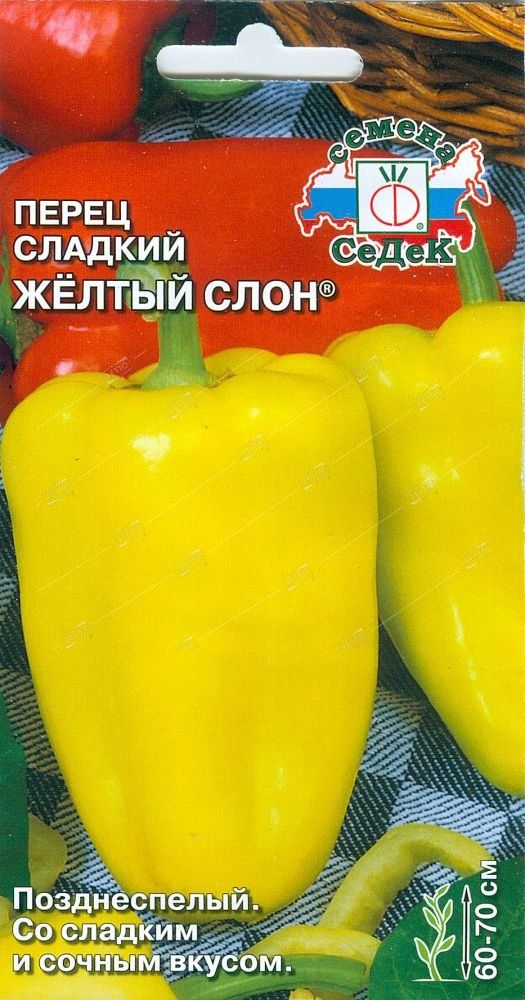
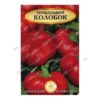
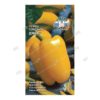
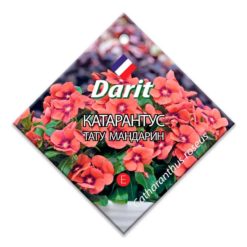
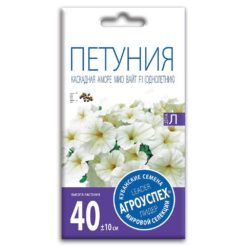
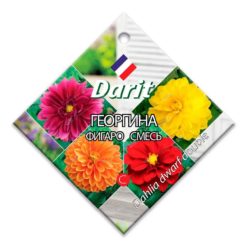
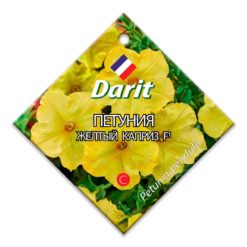
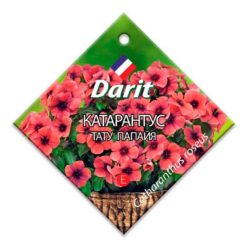
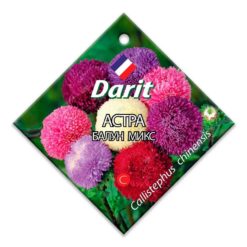

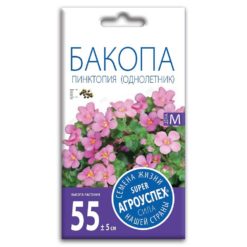
Reviews
There are no reviews yet.